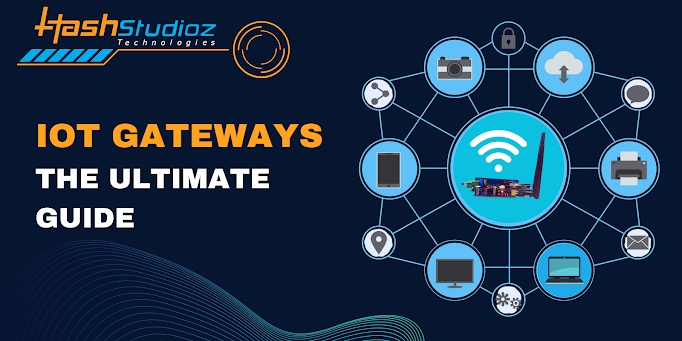IoT Gateways The Ultimate Step-By-Step Guide

IoT ecosystems around the world are booming as new products are adopted. Technology offers incredible opportunities to optimize business processes, improve health and safety, and save money and time. It is a challenge, however, to integrate new and custom IoT solutions with the complex IoT landscape. To connect traditional and next-generation devices to the internet, IoT gateways play a key role. You must have heard the term "IoT gateway" if you work in the Internet of Things (IoT). There is a wide range of IoT gateway devices deployed by organizations. Managing and monitoring these devices can become challenging over time. Gateways serve as a bridge between different communication technologies. Gateways are intermediaries between the cloud and the controllers, which are devices or sensors in the IoT ecosystem. Think of gateways as software programs or hardware devices. What are IoT gateways? IoT gateways are essentially smart central hubs for IoT devices. Internet of Things...
